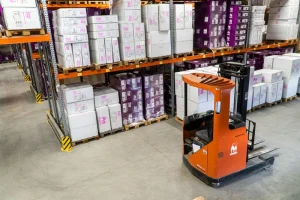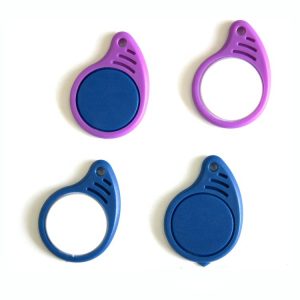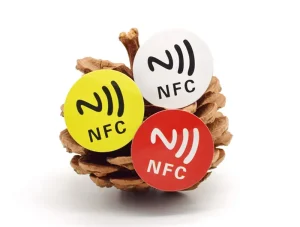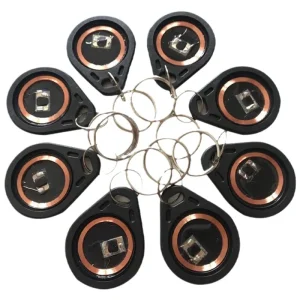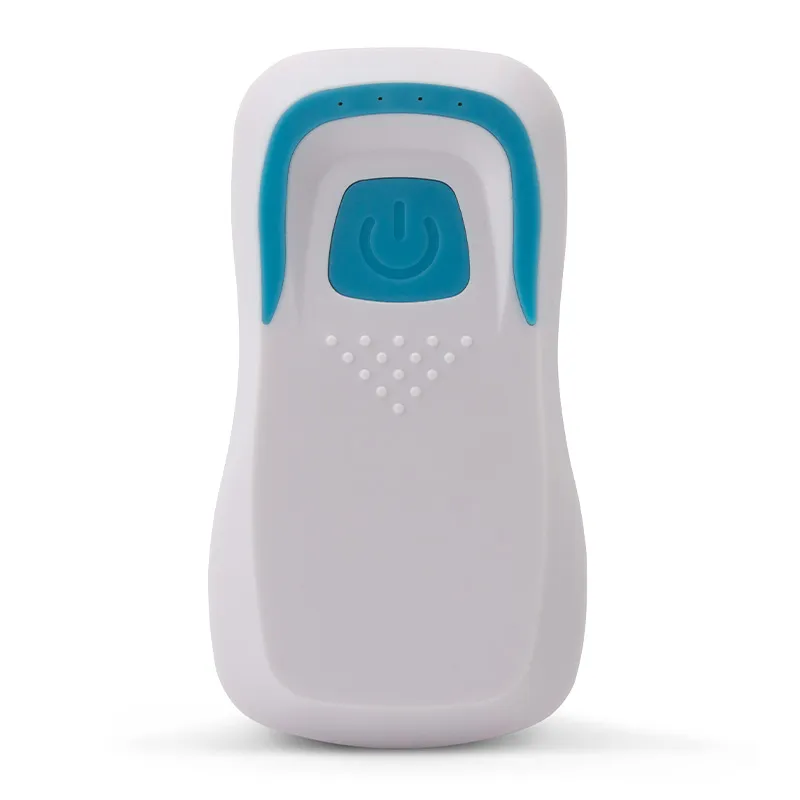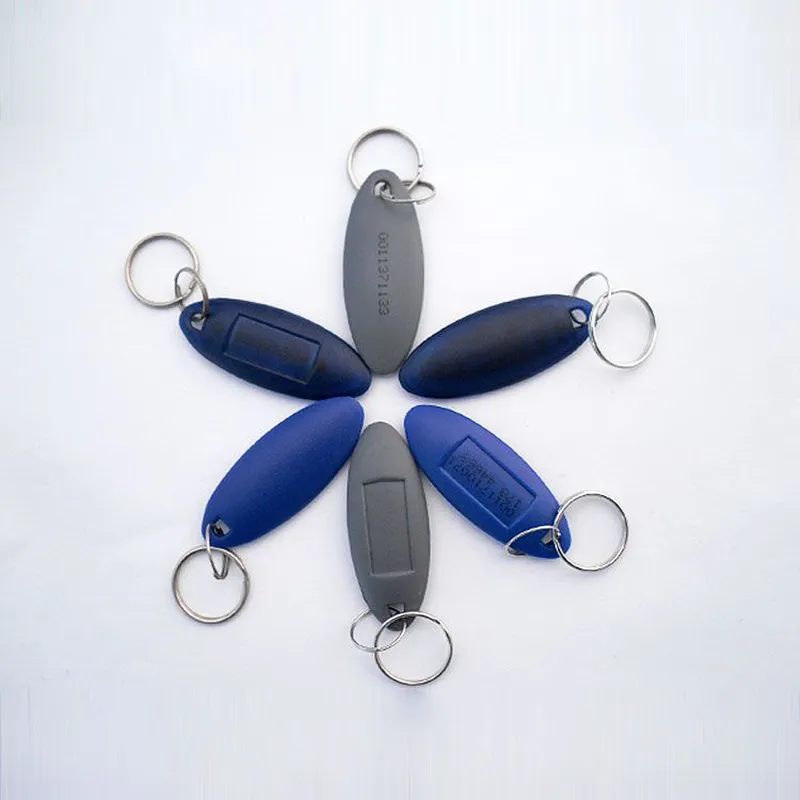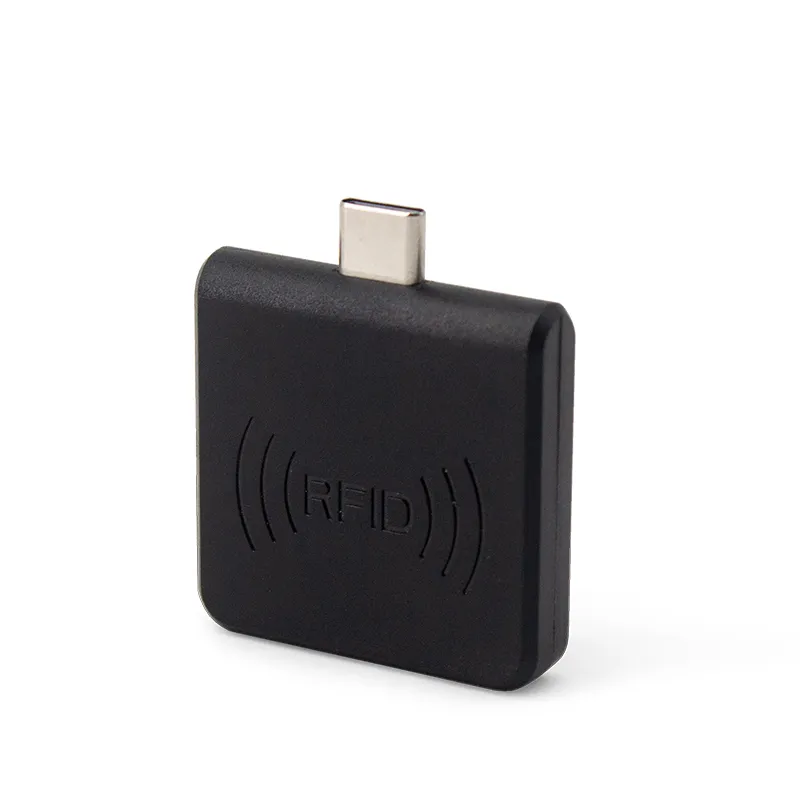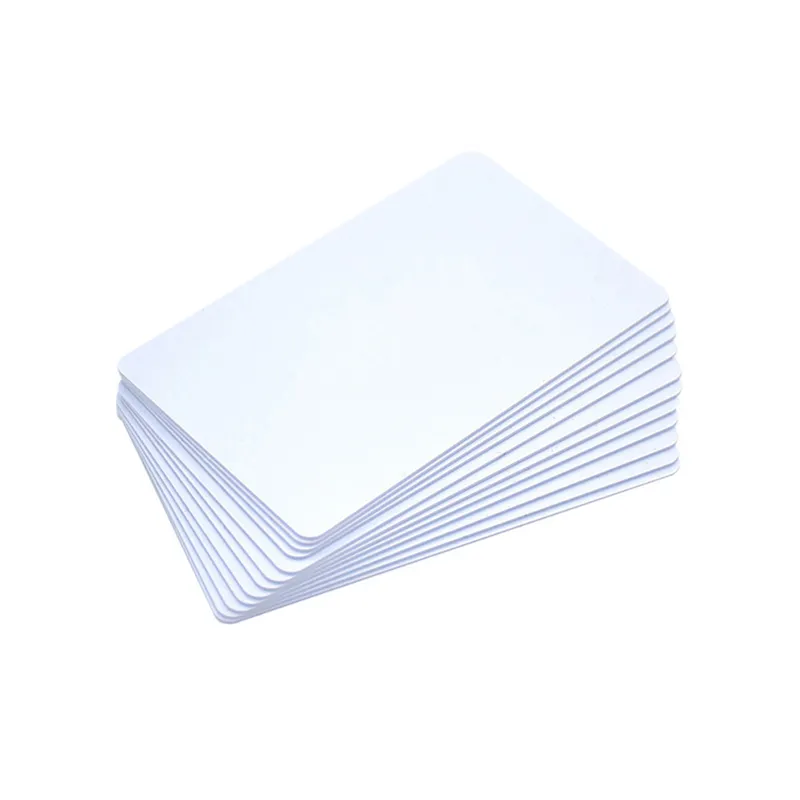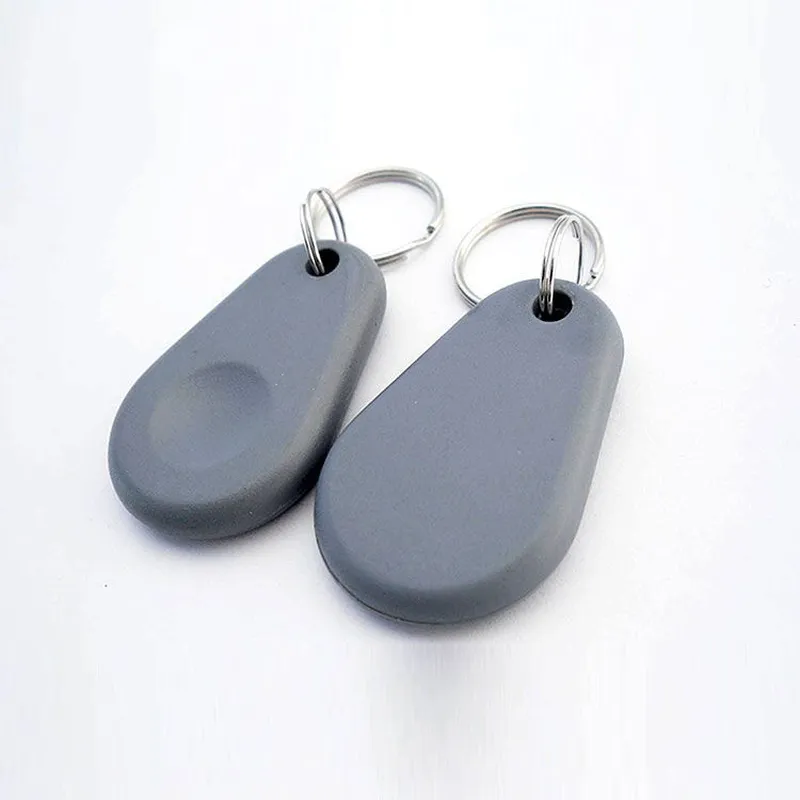RFID Textile Laundry Tag
CATEGORIES
Featured products
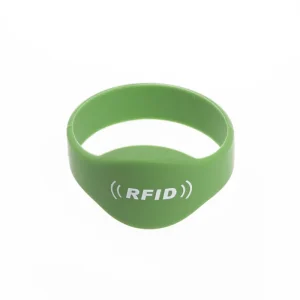
Wrist Band Access Control
Wrist Band Access Control is a practical and comfortable device…
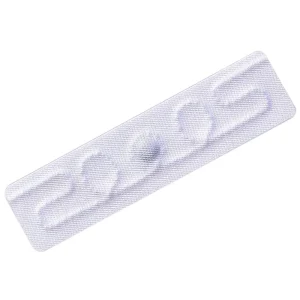
Tag UHF
The RFID Tag UHF Laundry Tag 5815 is a robust…
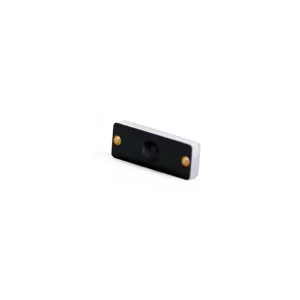
RFID Tags For Manufacturing
Size: 22x8mm, (Hole: D2mm*2) Thickness: 3.0mm without IC bump, 3.8mm…
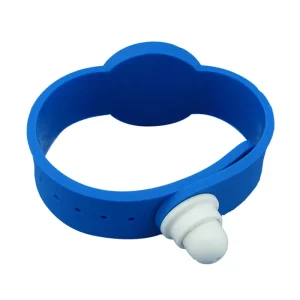
Wristband Access Control
The supplier of PVC RFID Wristband Access Control prioritizes customer…
Recent News
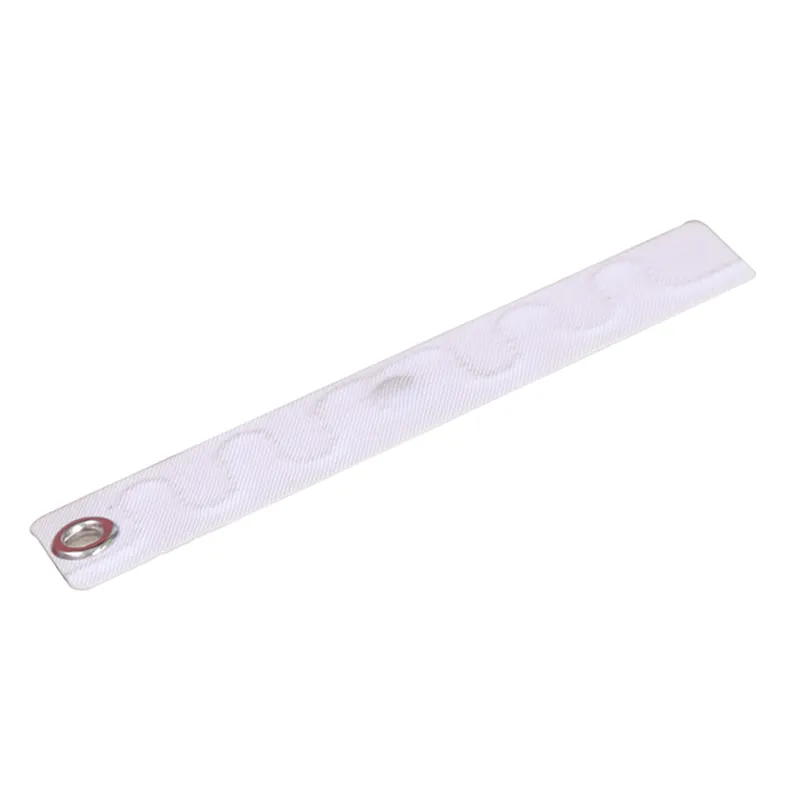
Short Description:
RFID textile laundry tag are used to monitor and identify clothes during washing and management processes. They are often sewed on or hot-pressed into textiles, such as hotel linens, hospital uniforms, and school uniforms. By sewing an RFID tag with a globally unique identification number, these tags automate the monitoring and administration of textiles. The tag chip stores the worldwide unique identification code, the number of washes, and other relevant details about the textile.
Share us:
Product Detail
RFID Textile Laundry Tag are used to monitor and identify clothes while they are being washed and managed. In order to precisely and swiftly identify and trace textiles throughout the washing and distribution process—such as hotel linens, hospital uniforms, school uniforms, etc.—these tags are often sewed on or hot-pressed into them.
By sewing an RFID tag with a globally unique identification number for every textile, it is possible to automate the monitoring and administration of textiles via the use of RFID textile washing tags. The reader can instantly scan the tag’s information while the textile is being washed, enabling speedy textile identification, categorization, and recording. In addition, by monitoring data like the quantity of washes and the duration of usage, the service life of textiles may be estimated, offering a reliable foundation for purchasing strategies.
Working principle of RFID textile laundry tags
- RFID tags are typically made up of two components: the tag chip and the antenna. The worldwide unique identification code, the number of washes, and other pertinent details about the textile are stored in the tag chip. Wireless radio frequency signals are received and sent via the antenna.
- Operation of the RFID reader-writer: The reader-writer emits radio frequency signals in proximity to the tag. The tag’s antenna will pick up these signals and transform them into electrical energy, turning on the tag chip.
- Data exchange: When the tag chip is turned on, it will use the antenna to wirelessly transmit the data it contains to the reader. Following receipt of this data, the reader will decode it before sending it to the computer system for further processing.
- Data processing: The received data may be analyzed, stored, and queried by the computer system. It may, for instance, keep track of how often the fabric is cleaned, how long it is used for, and other details. Based on this data, it can anticipate the fabric’s service life and assist purchase strategies with forecast data.
- RFID technology has the capability of two-way communication. This implies that the reader has the ability to add new information to the tag in addition to reading the existing information. Thus, the data on the tag may be updated as required throughout the cleaning and maintenance of textiles.

CHARACTERISTICS:
| Compliance | EPC Class1 Gen2; ISO18000-6C |
| Frequency | 902-928MHz, 865~868MHz (Can customize
frequency) |
| Chip | NXP Ucode7M / Ucode8 |
| Memory | EPC 96bits |
| Read/write | Yes (EPC) |
| Data Storage | 20 years |
| Lifetime | 200 wash cycles or 2 years from the shipping date
(whichever comes first) |
| Material | Textile |
| Dimension | 75( L) x 15( W) x 1.5( H) (Cancustomizethesizes) |
| Storage Temperature | -40℃~ +85 ℃ |
| Operating Temperature | 1) Washing: 90℃(194οF), 15 minutes, 200 cycle
2) Pre-drying in Tumbler: 180℃(320οF), 30minutes 3) Ironer: 180℃(356οF), 10 seconds, 200 cycles 4) Sterilization Process: 135℃(275οF), 20 minutes |
| Mechanical Resistance | Up to 60 bars |
| Delivery format | Single |
| Installation Method | sewing or cable tie |
| Weight | ~ 0.7g |
| Package | Antistatic bag and carton |
| Color | White |
| Power Supply | Passive |
| Chemicals | Normal common chemicals in the washing processes |
| RoHS | Compatible |
| Read
distance |
Up to 5.5 meters (ERP=2W)
Upto 2 meters( With ATIDAT880handheldreader) |
| Polarization | Liner |

Main functions and features of RFID textile laundry tags
- Effective identification: The speed and non-contact reading of RFID tags make textile management and washing much more efficient.
- Precise tracking: RFID technology allows real-time monitoring of every stage of the textile handling and distribution process, including washing, drying, folding, and distribution.
- Automated management: To achieve automated management, decrease manual activities, and lower error rates, RFID technology may be integrated with the database system.
- Data recording: RFID tags are able to save data on the frequency, kind, and length of time that textiles need to be cleaned. This allows the washing sector to use cutting-edge, scientific management techniques.
- Durability: RFID tags can withstand a variety of washing conditions and are impervious to wear corrosion, and extreme heat.

Advantages:
- Boost washing efficiency: Manual processes may be decreased and washing efficiency can be raised by using automated management and data recording.
- Minimize losses: Accurate identification and real-time monitoring helps minimize textile loss and misclassification.
- Boost customer happiness: It is possible to increase client satisfaction and loyalty via automated management and quick reaction.
- Cut expenses: You may cut costs associated with washing by reducing manual labor and increasing managerial effectiveness.

Main application scope:
- Hotel linen management: There are many different types of hotel linens, such as towels, bed sheets, and quilt covers, which must be regularly laundered. Each piece of linen may have an RFID tag sewn on it to monitor its washing, drying, folding, and distribution in real time. This allows for automated linen management, increased washing efficiency, and decreased loss rates.
- Hospital uniform management: Workers at hospitals are required to wear a set of uniforms to work, which must be regularly laundered. Hospitals that want to implement automated staff uniform management—which includes uniform issuance, recycling, washing, and reissuance—can benefit from RFID tags.
- Management of school uniforms: Regular washing of school uniforms is also necessary. RFID tags may increase management efficiency and save human labor in schools by enabling automated management of student uniforms, including receipt, cleaning, and distribution of uniforms.
- Laundry management: RFID tags enable employees at laundromats to promptly recognize garments supplied by customers and document the amount of washing that each item of clothing needs. RFID tags may also assist laundromats in implementing automated garment management, which includes sorting, washing, drying, folding, and distributing garments.
- Textile factory management: To guarantee the quality and safety of textiles, RFID tags may be used in textile factories to monitor the manufacturing, quality inspection, packing, and transportation of textiles.
![Rfid Tag manufacturer [Wholesale | OEM | ODM]](https://www.fjrfidfactory.com/wp-content/uploads/2024/04/logo.webp)
